This experiment came right after my previous posts, using the same set-up, eye-tracker and calibration. Just as in my previous recordings, my left hand was placed on the table in front of me, and the intention was now to eye-draw it (repeatedly). The scanpaths in my previous posts dealt with eye-tracking other than actual eye-drawing, as both scanpaths are the traces of my eye while drawing with my right hand. This post illustrates six eye-drawings resulting from the set-up mention above, and they lasted approximately 15 seconds each to record.
This is 9 seconds less than the previous blind-contouring exercise, which does not seem to be a great difference until one calculates that they are 37.5% of the (earlier) time spent blind-contouring. I am flagging this up not because I am interested in the mathematical calculation of the act of drawing (or eye-drawing), but because this can lead me to several new questions about my own practice. It can be argued that the blind-contouring exercise took longer due to the hand co-ordination involved while drawing (eye-drawing is more ‘direct’), but I think there can be other variables to consider.
What happens if I try to consciously go slower? Can I actually go slower? The eye movements are quite difficult to control and saccades are always in motion. How can this ‘trace’ relate to the line/mark/contour in drawing, and how does it compare to the notion of ‘reducing’ the mark before it quickly transforms into a defined image? I am not (spatially) aware of the mark while eye-drawing, or rather, the mark is in my head (not on a support). I can only tangibly relate to it during post-processing (virtually).
Does the distance I was eye-drawing my hand from naturally influence the speed (and other factors)? Distance has always been a crucial issue to take into account when drawing; both physically and mentally.
I am also intrigued by the fact that it seems to have automatically taken about 14-16 seconds for every eye-drawing to manifest (six times in a row). Is this an indication of habituality? All six eye-drawings unconsciously started from the back of my hand, moving clockwise through my fingers and ended below the wrist. When hand-drawing I am aware that I make a lot of conscious (and sometimes habitual) decisions; where to start on my page, where to start on the object I am gazing at, etc. What happens if I train myself to be more aware of where to start and how to ‘move’ while eye-drawing (or should I not)?
Another important mention are the fixations. Arguably the fixations in the eye-drawings represent some kind of hesitation in figuring out where I am in the ‘drawing’ (relating directly to somewhere in my mental imagery). It is also interesting to note that the 6th eye-drawing manifests an unconscious ‘inattention’ towards the completion of the drawing, resulting in a ‘misdirection’ of the saccades. These unpredictable registrations can be of most interest when treating the practice of eye drawing in context of its unique perceptive moments in time and space.
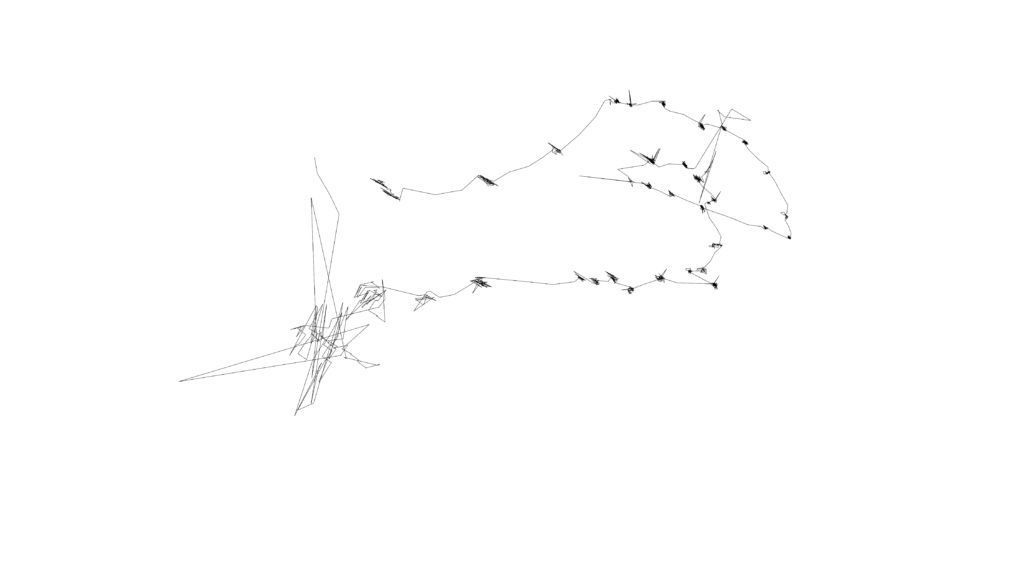
Figure 5: Eye-drawing 1 of my left hand
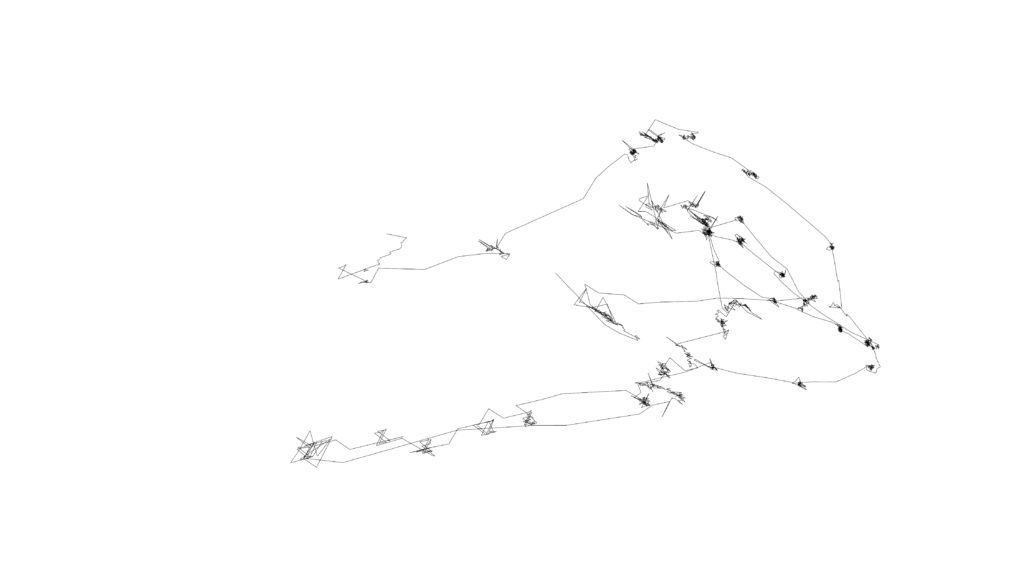
Figure 6: Eye-drawing 2 of my left hand
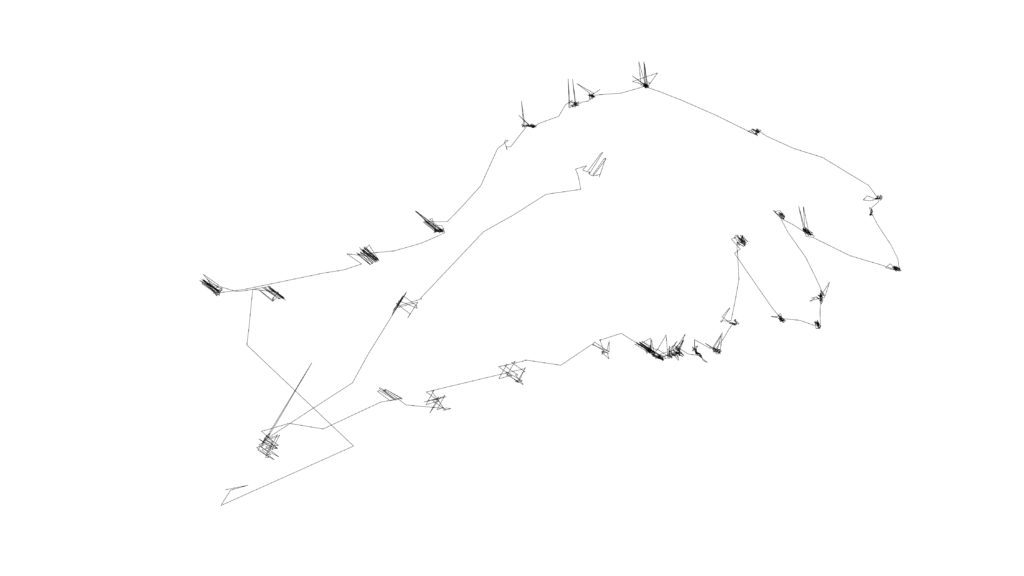
Figure 7: Eye-drawing 3 of my left hand
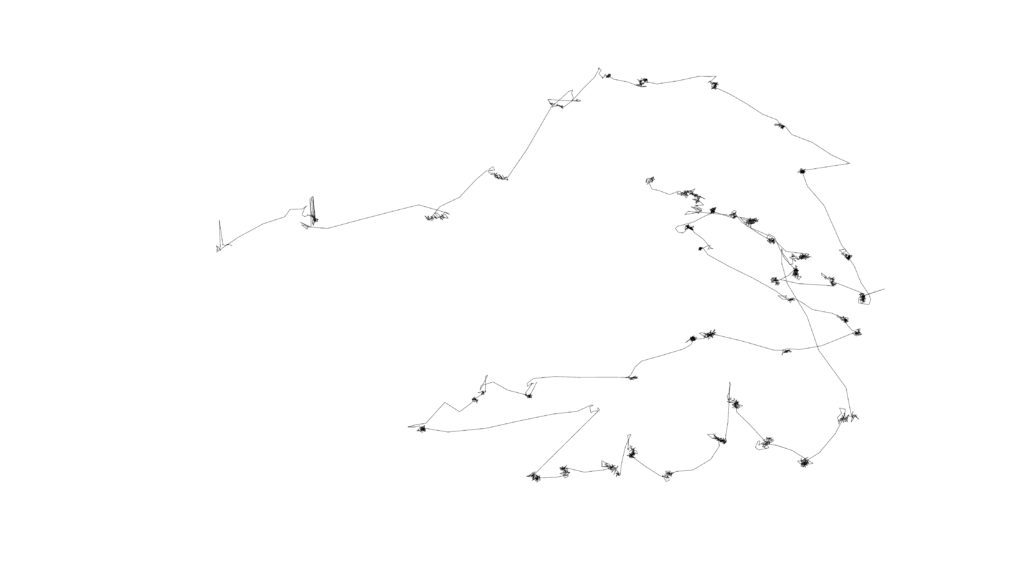
Figure 8: Eye-drawing 4 of my left hand
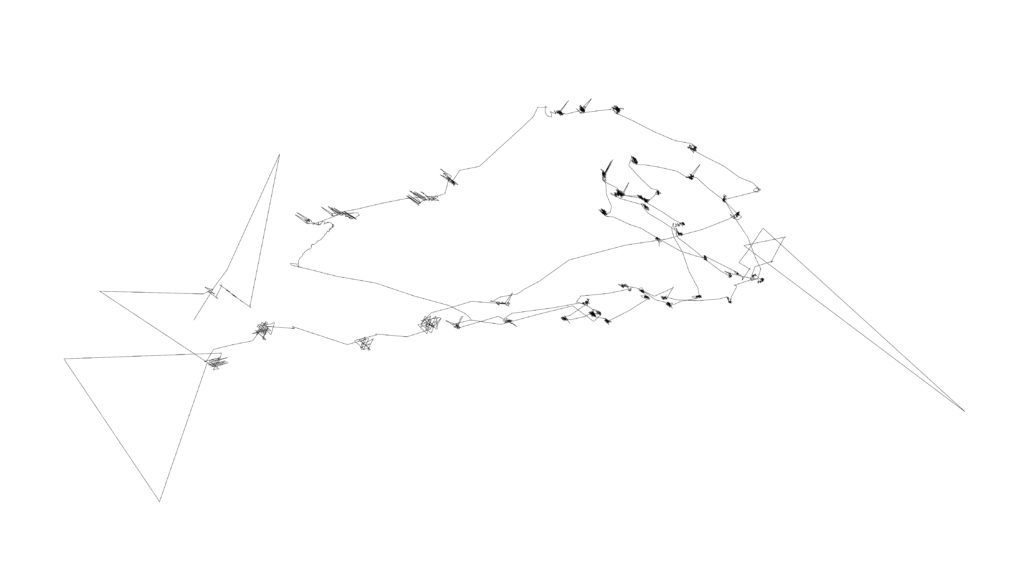
Figure 9: Eye-drawing 5 of my left hand
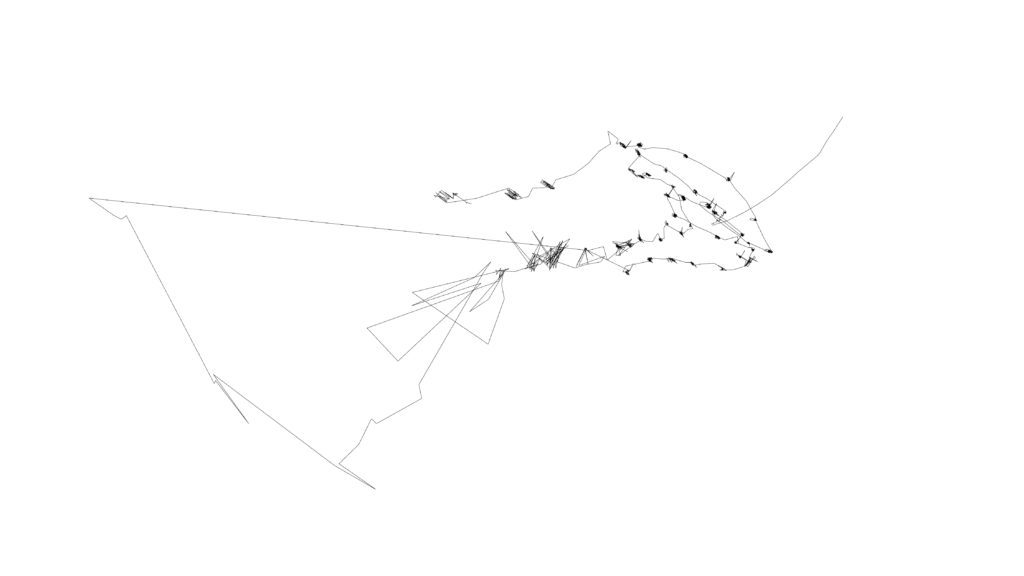
Figure 10: Eye-drawing 6 of my left hand